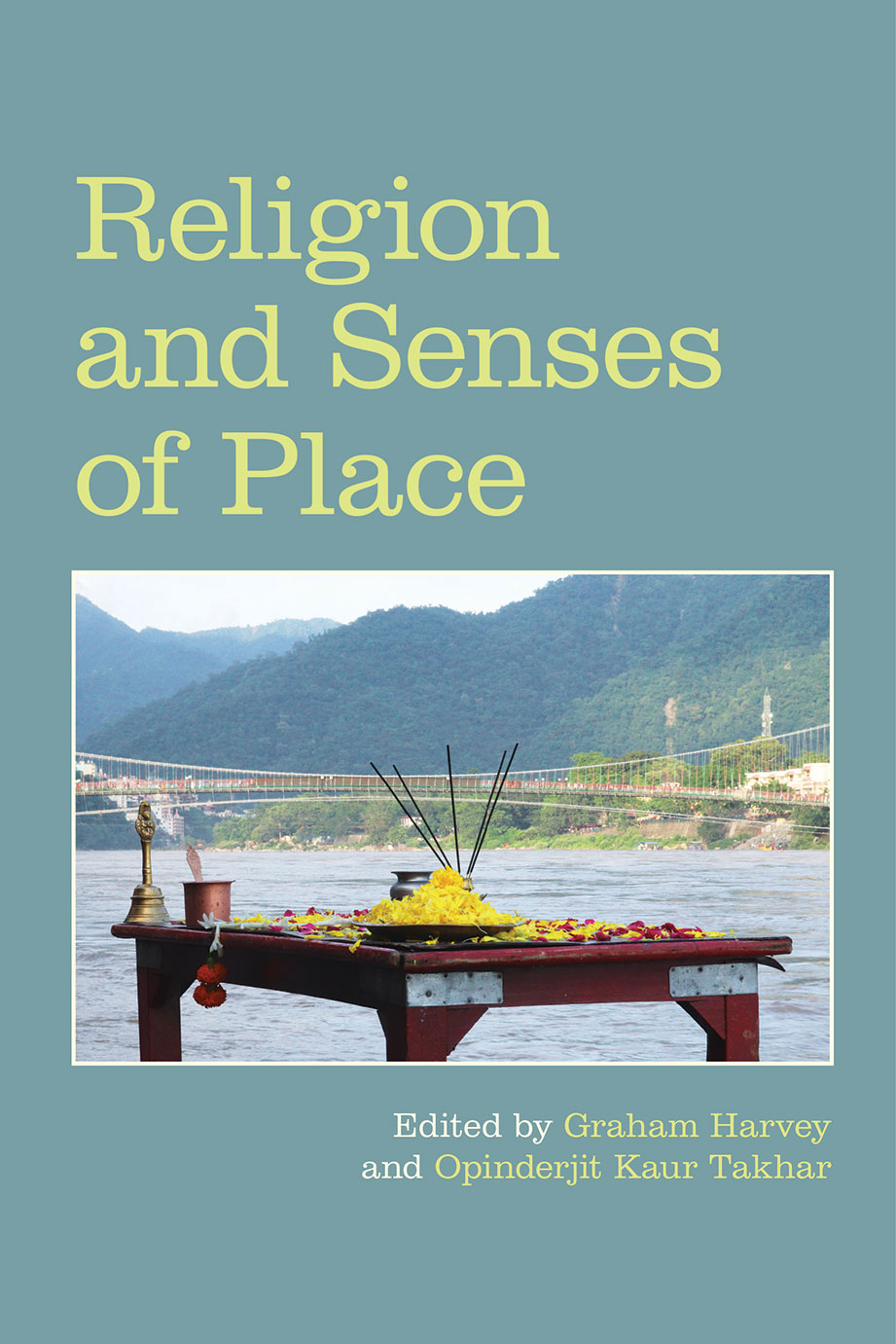Religion and Senses of Place

ID: 3022 - View Book Page - Edit In OJS
Precisely because religion involves bodily and sensual activities, it happens in places. Indeed, religious locations are among the most vibrant, colourful, dramatic and engaging aspects of many cultures. Religiously important places - even the more austere ones - are richly expressive of all that is important to particular communities – at the same time potentially illustrating all that is objectional to others. Single trees, springs, mountains, rivers or other “found places” are selected as the focal points of some religions’ festivals, ceremonies and narratives. Such activities do not leave such places as they were found but shape them as they continue to shape continuing religious developments.
This volume examines senses of place in which people not only perform religious acts in particular places but also understand emplacement / belonging to be key features of their religious practices and identities. Such places include specific local shrines and large territories. Religion and Senses of Place focuses on case studies of religions originating in South Asia and those identifiable as “Indigenous”.
A range of phenomena expressive and educative of senses of place are discussed in this volume. They include the presence and presentation of religion in shrines, museums, homes and other places; pilgrimages, diasporas, exiles, dislocations, border crossings, inter-religious performances and other styles of movement; cosmologies; auspicious and inauspicious locations; topophilia and utopianism; and more. The contributions in the volume come from scholars with expertise in a range of approaches and methods in order to illustrate the breadth of possibilities for studying religious senses of place.
Published: Sep 14, 2021
Series
Reviews
Overall, Religion and Senses of Place is an essential read for anyone interested in the intersections of religion, culture, and geography. Teachers of religion interested in introducing students to the wider vocabulary of religious experiences, often neglected in academic texts that privilege historical and doctrinal approaches, will also find this volume to be a refreshing resource. The diverse case studies and innovative research methodologies employed throughout the book give the reader the sense of a religious studies discipline full of energy and visionary momentum. And the inclusion of indigenous perspectives just adds that essential layer of nuance and complexity so painfully neglected in religious studies literature, offering important insight into the intricate relationship between people, their beliefs, and the environments that shape them.
Indigenous Religious Traditions